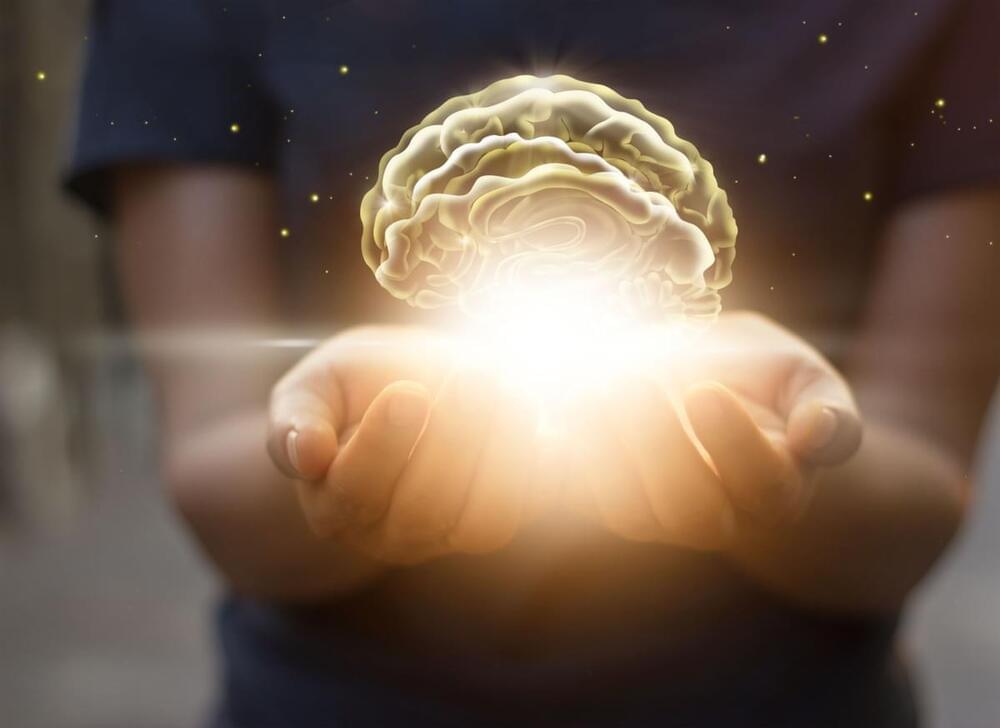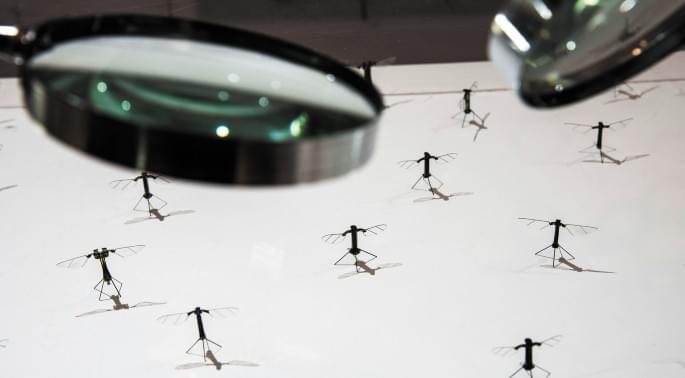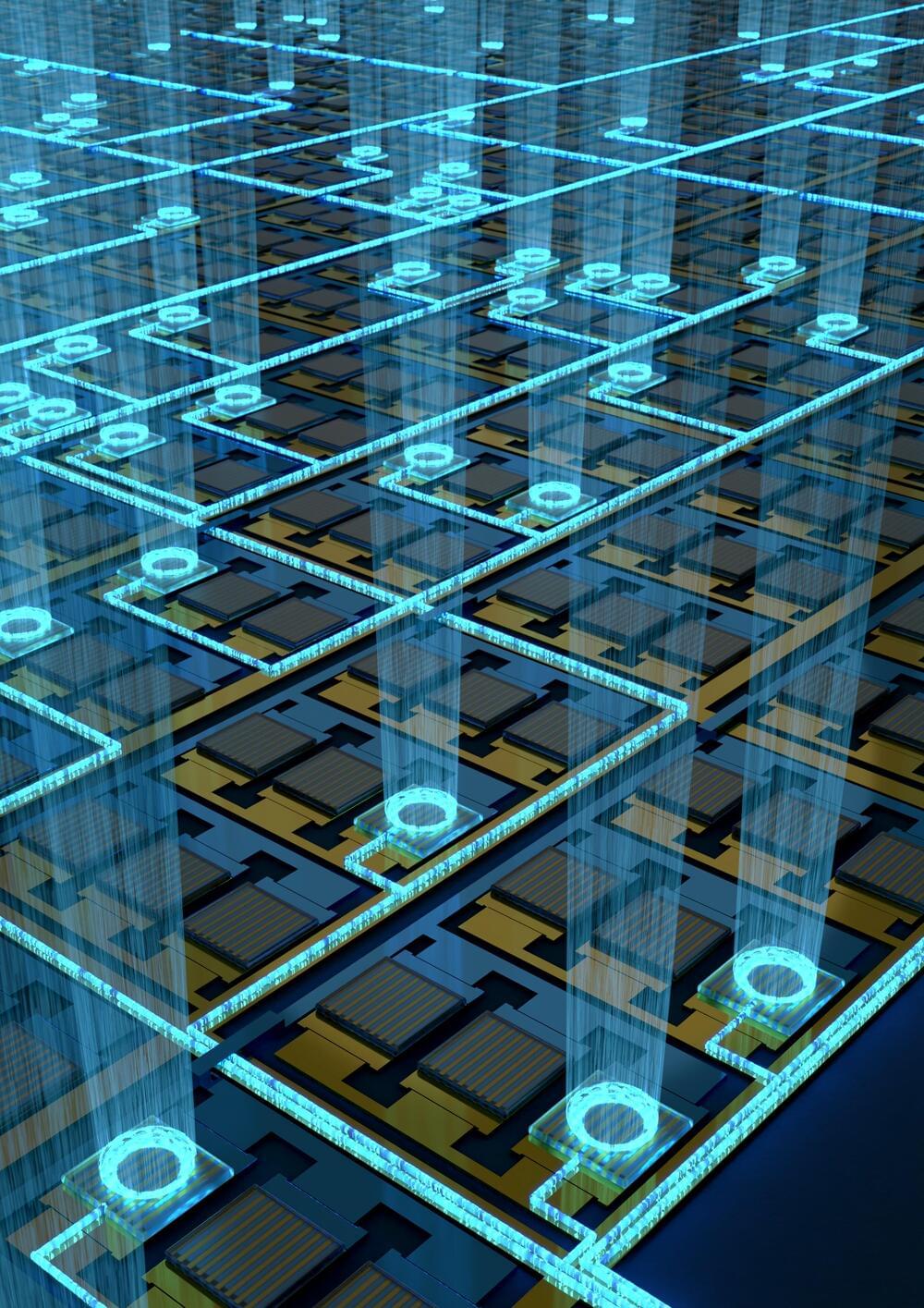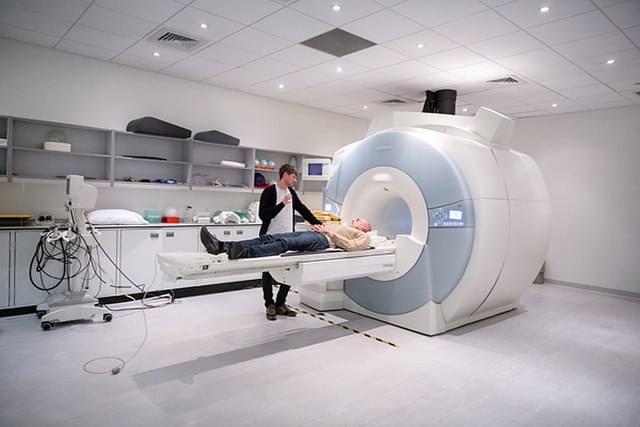A sci fi documentary looking at a timelapse of future spacecraft. From the future of AI spaceships, Starship orbital refuelling, and space station worlds, to Mars colonization and in-space manufacturing.
Other topics include: SpaceX and the launch of their fleet of Starships — waiting in parking orbit around Earth, ready for the launch window to open to Mars. NASA and the mission of landing on the Martian Moon Phobos. Advances in spacecraft technology for protecting humans during multi-year interstellar journeys.
While the year 2100 and beyond, brings wormhole exploration, artificial intelligence based planets, and the possible need for a stellar engine — to protect the solar system.
Main narration by: Alexander Masters (www.alexander-masters.com)
Starship Artwork – used with permission and licensed from:
Erc X: https://twitter.com/ErcXspace.
Caspar Stanley: https://twitter.com/Caspar_Stanley.
Alex Svan: https://twitter.com/AlexSvanArt.
Additional footage sourced from: SpaceX, NASA, ESO, Ken Crawford, Nick Risinger, Northrop Grumman, SpinLaunch, Redwire Space.





